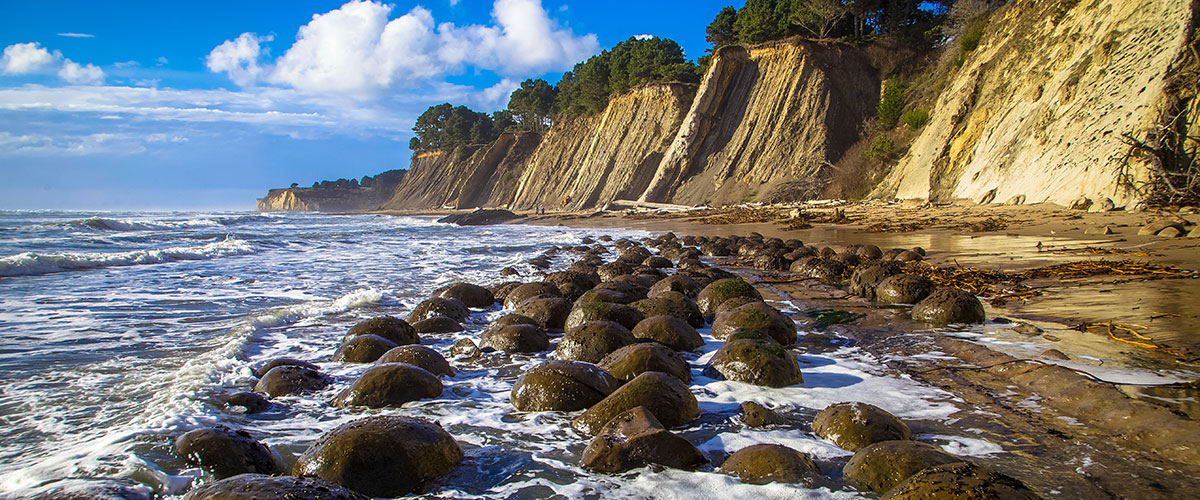Socioeconomic Research & Monitoring Program for the Greater Farallones

A sustainable community recognizes both ecosystem sustainability and economic sustainability as mutually beneficial. The National Marine Sanctuary Program considers not only the potential cost of management restrictions on income generating activities, but also public benefits derived from long-term protection of nationally significant resources. A cost/benefit analysis may be found in the Final Environmental Impact Statement to determine the socioeconomic impacts on user groups of any proposed actions in this management plan (Greater Farallones National Marine Sanctuary Management Plan, 2008)
Background
In 2008, socioeconomics was highlighted as one of the three strategic tools in the development of the GFNMS Final Management Plan. The economic role of ocean industries such as fishing and shipping was highlighted.
A "Study Area Profile" describes the on-land areas where most of the socioeconomic impacts of sanctuary resource use take place. Demographic and economic profiles are included by county. The "Study Area Profile" is updated with 2010 data from the U.S. Department of Commerce Census Bureau and Bureau of Economic Analysis and the U.S. Department of Labor, Bureau of Labor Statistics.
Download the Study Area Profile, 1990 to 2010
Economic Impact of Commercial Fishing
Commercial fishing is an important industry in the GFNMS. In 2013, a report was completed to assess the economic impacts of commercial fishing on local county economies from catch in the GFNMS. The report includes information on economic impacts, profiles of various fisheries, extent of gear type use, trends in vessels, port dependency and other socioeconomic indicators.
Economic Impact of Recreational Fishing
Recreational fishing in GFNMS creates value to the local economy. In 2015, a report was completed to assess the economic impacts of recreational fishing on local county economies of GFNMS from 2010 through 2012. The report includes information on economic impacts, expenditures of fishermen and person-days fishing trends by mode of access.
Economic Impacts of Non-Consumptive Use
Non-consumptive use in the GFNMS creates value to the local economy. In 2015, a report was completed to assess the economic impacts of non-consumptive use, such as beach going, photography, sightseeing and other activities that do not harm or take the resources, on local county economies of the GFNMS in 2011. The report includes information on economic impacts, expenditures of those recreating in the sanctuary and person-days of activity.

